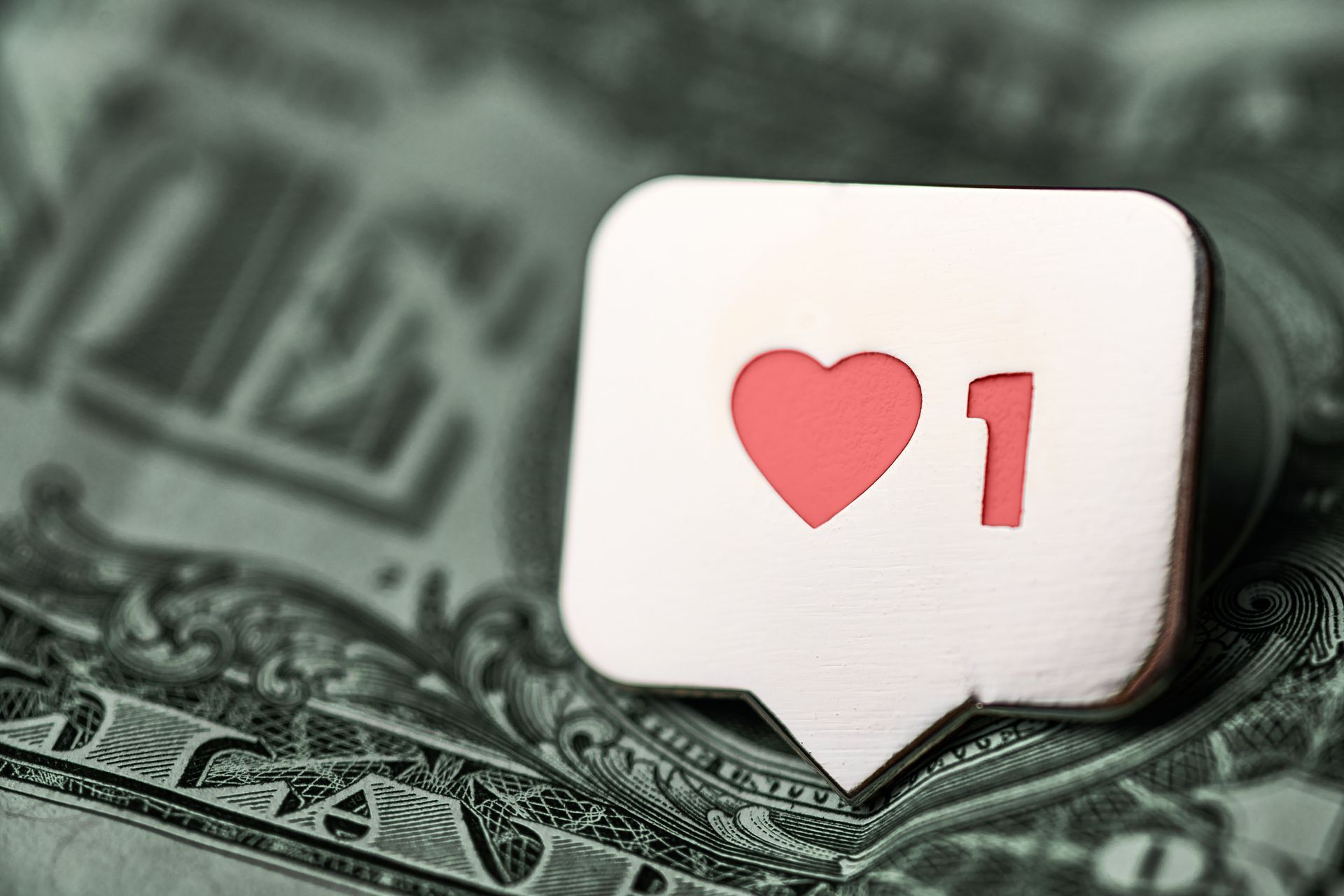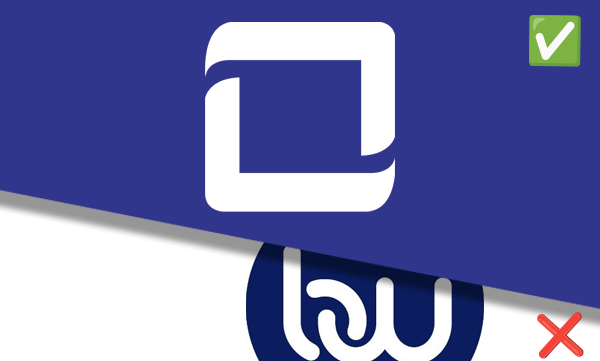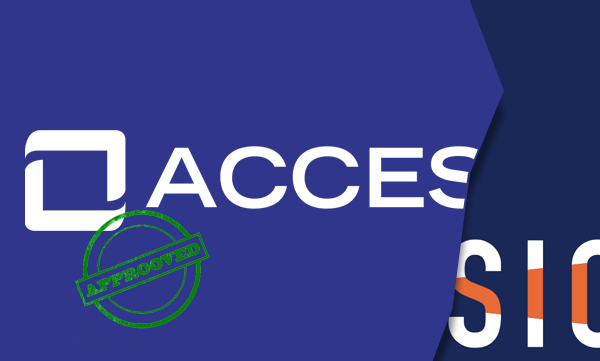Businesses of all sizes and industries share a common goal – to reach their target audiences and drive sales.
Paid media helps companies share their message and reach more people. It works alongside
press release distribution
and other marketing methods.
In this blog, we’ll explore:
- Paid media vs earned media
- The importance of paid media
- Examples of paid media
- How to measure the success of a paid media campaign

Paid media vs earned media
Paid media and earned media are two distinct forms of media that help businesses achieve their marketing goals.
So, what is paid media?
As the name suggests, paid media is advertising and promotion a business pays for.
This includes:
- TV commercials
- Billboards
- Social media advertisements
- Display ads
- Search engine ads
- Print ads
Earned media is publicity a brand gets through public relations efforts. This includes things like
press releases
, media coverage, and word-of-mouth marketing.
Both paid media and earned media are effective in their own right. Here are some pros and cons of each:
Pros of paid media
- Companies can quickly reach a bigger audience based on specific targeting options like demographics, interests, and behaviors.
- Paid media campaigns can be adjusted in real-time to improve results. These changes could be updates to budgets and ad duration, for example.
- Companies can control their messaging, timing, and placement of their ads which promotes effectiveness and boosts sales.
Cons of paid media
- A drawback of paid media is the expense, especially when it comes to competing for keywords. Limited budgets can hinder a company's ability to reap the benefits of paid media.
- Compared to organic and earned media, paid media can be perceived as less trustworthy. That's because consumers know that the company paid for the placement.
- While paid ads are beneficial, it's important to point out that you're at the mercy of the platform you're posting to. When algorithms and platform policies change, they can negatively impact your ads.
Pros of earned media
- Earned media tends to be more cost-effective as brands don’t have to pay for the coverage.
- Consumers see earned media features in a positive light as they know the brand didn’t pay for the placement.
- Earned media is an excellent way for companies to build credibility in their industry and trust with their target audience.
Cons of earned media
- Compared to paid media, companies lack control over the message. With earned media, the narrative is created by the journalist. In most cases, this isn't a bad thing. But, there are times when messaging is misconstrued and differs from the company's intended message.
- Securing earned media coverage takes effort and resources to craft compelling media pitches that pique journalist attention. We created our Media Suite that bundles the most important media outreach steps into one, easy-to-use platform.
- Measuring the return on investment (ROI) for earned media mentions can be difficult as they’re not as straightforward as paid media metrics. This makes it a challenge to properly assess the effectiveness of a feature.
True success lies in a company’s ability to use various media types to build brand awareness, reach their target audience, and improve sales.
Why is paid media important?
Paid media is a pivotal piece of the lead generation and sales puzzle.
It helps companies stand out and effectively reach their audience with precision.
Here’s how to think about it:
Paid media is a magnet for attention. Organic media and earned media keep it.
The strategic targeting options help brands reach the right people with the right message which drives lead generation and ultimately boosts sales.
Examples of paid media
Examples of paid media include:
Display advertising – This is the placement of ads on apps, websites and other digital platforms. They come in the form of banners, videos, and pop-ups.
Search engine advertising – Known also as pay-per-click (PPC) advertising, this form of advertising involves placing ads on search engines like Bing and Google. The ads appear based on user searches for specific keywords and phrases related to your products and services.
Social media advertising – These are ads you see on social networks like Instagram, Facebook, and X, for example.
Native advertising – This form of paid media involves creating a piece of content that looks native to the website it’s being published on. These sponsored content pieces feel less intrusive than a traditional ad.
Each form of paid media offers brands a unique opportunity to reach their business goals.
Measuring the success of a paid media campaign
Just like with every marketing initiative, you want to make sure you’re getting the best ROI.
Here are some metrics to consider when determining the success of your paid media campaigns:
Impressions – This is the total number of times your ad is displayed to potential customers. The higher the impressions, the more people have seen your ad.
Click-through-rate (CTR) - Next, you want to focus on the number of people who saw and then clicked on your ad. A high CTR is a sign that your ad’s relevant and capturing people's attention enough to click.
Conversion rate – Once you’ve attracted attention and gotten people to click, you want to now pay attention to the number of conversions. This is essential because it shows you the percentage of people who followed through on the desired action of your ad.
Cost-per-acquisition (CPA) - This metric tells you the price you paid to acquire a new customer or conversion. Ideally, you want the CPA to be lower than the average order value.
Regular review of these metrics helps brands understand what’s working and how to adjust their strategies to improve cost-effectiveness and drive real results.













